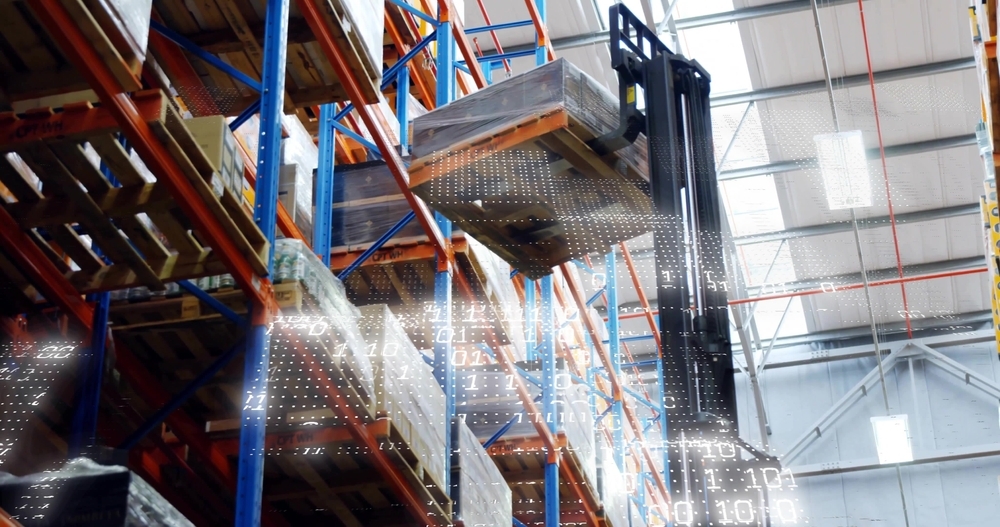In steel, manufacturing, and material handling environments, every lift matters. Whether stacking steel beams or loading heavy pallets, operators rely on forklifts that perform predictably, even at the highest lift points. One of the most misunderstood aspects of forklift operation is lift capacity at height, which describes how much weight a forklift can safely raise as its mast extends upward.
Below, we discuss in-depth what forklift lift capacity means and which brands can maintain their rated performance when it counts most. Keep reading to learn more!
What Lift Capacity Really Means
A forklift’s rated capacity, such as 5,000 lbs, represents the maximum weight it can lift safely at a specific load center and mast height, but that figure doesn’t stay constant. As the mast rises, the load’s center of gravity shifts forward, increasing tipping risk and reducing stability. The higher the lift, the lower the effective capacity becomes.
Manufacturers test their forklifts under ideal conditions: standard load centers, vertical masts, and no attachments. Change any of these aspects, and the true lifting capability changes, often significantly. That’s why operators must understand how height, attachments, and load geometry affect real-world performance.
The Challenge: Maintaining Capacity at Height
In high-rack or production settings, reduced capacity at height can cause inefficiency. Operators may need to stage loads lower or make multiple trips with partial loads, wasting time and fuel. In environments like steel manufacturing, where material density is extreme, that loss of capacity can bring workflow to a halt.
Most forklifts lose strength at full extension due to their mast and tilt-cylinder geometry. As the mast tilts, the load moment increases and stability decreases. Few forklifts can safely handle their full rated load at maximum height, but that’s where engineering makes a difference.
Why Linde Stands Above the Rest
Linde Material Handling, one of the premier brands we offer, engineers forklifts that deliver exceptional stability and control. Certain Linde models, such as the 1202 and 1204 series, are designed to maintain rated lift capacity even at maximum height, setting them apart from most competitors.
Their advantage comes from a unique design: tilt cylinders mounted to the overhead guard instead of the mast carriage. This configuration makes the truck’s chassis more rigid and minimizes mast deflection. As the mast extends, it stays straight and steady, allowing operators to maintain load confidence at full height.
The result is a more seamless, safer operation, and more consistent performance in demanding applications. This engineering precision explains why Linde lift capacity is a benchmark in the material handling industry.
How Load Center and Attachments Affect Performance
Even the best-designed forklifts must account for the load center, which is the distance from the fork’s vertical face to the load’s center of gravity. The farther out the center, the greater the leverage acting against the truck’s stability.
- Longer or irregular loads shift weight outward, lowering effective capacity.
- Attachments such as clamps or side shifters add weight and move the load further from the mast, reducing stability.
- Uneven loads can cause dangerous side-to-side imbalances, especially when lifted high.
Operators should always refer to the forklift’s capacity plate, which lists safe operating limits for various heights, load centers, and attachments.
Why Lift Capacity at Height Matters
In industries like steel fabrication or heavy manufacturing, maintaining lift power at height is critical for both efficiency and safety. A loss of capacity mid-lift can force operators to stop, lower, or reposition loads, interrupting workflow and increasing risk.
For example, in steel processing, operators frequently stack dense materials on high racks. If a forklift can’t sustain capacity at full height, they may need to stage materials on lower tiers or divide loads. Over time, this adds significant labor costs and production delays.
By contrast, Linde forklifts, designed with advanced counterbalance geometry and overhead tilt-cylinder placement, maintain control even under heavy, high lifts. Combilift units also excel in specialized settings, such as handling long materials in narrow aisles. Together, they offer reliability and flexibility that many other brands simply can’t match.
Choosing the Right Forklift
Selecting the right forklift means looking beyond the spec sheet. Rated capacity is only one factor; real performance depends on how and where the machine is used. When evaluating your needs, consider the following factors.
- The typical load size, weight, and shape
- Maximum required lift height
- Use of attachments and how they change the load center
- Operating environment, such as aisle width and flooring conditions
At Industrial Parts and Service, we take all these factors into account. Our goal is to match every client with the best machine for their application, whether that’s a Linde model optimized for high-lift stability or a Combilift engineered for tight, multidirectional handling.
Final Thoughts on Forklift Capacity
Lift capacity at height is a technical spec and a safety and productivity factor that defines real-world performance. Linde and Combilift forklifts stand out for their engineering precision, ensuring dependable operation where others struggle.
We understand that in heavy-duty environments, equipment must perform exactly as promised, which is why we trust and recommend forklifts that hold their strength at height, keeping operations safe, efficient, and always moving upward. Browse Linde forklifts online or contact us to learn more about our solutions.



